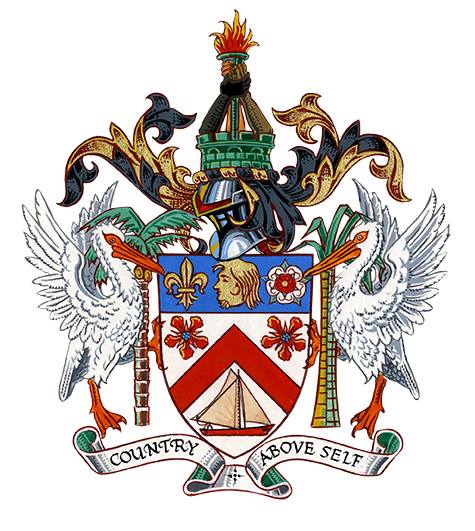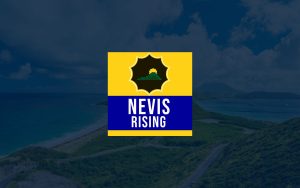Small Craft and High Surf Advisory Issued for St. Kitts and Nevis
The Perils of High Surf and Small Craft Advisories: A Comprehensive Overview of Coastal Hazards
Coastal regions, while offering breathtaking beauty and recreational opportunities, are also susceptible to a range of hazardous conditions, including high surf and strong winds. These conditions can pose significant risks to beachgoers, small craft operators, and coastal communities. Understanding the nature of these hazards, their potential impacts, and the necessary safety precautions is crucial for mitigating risks and ensuring the well-being of individuals and communities in coastal areas.
High surf, characterized by large and powerful waves breaking along the shoreline, is primarily generated by distant storms or strong winds over the ocean. These waves can travel vast distances, carrying immense energy that is released upon reaching shallow coastal waters. The force of breaking waves can be extremely dangerous, capable of sweeping individuals off their feet, causing injuries, and even leading to fatalities. Rip currents, powerful channels of water flowing away from the shore, are often associated with high surf and pose an additional hazard to swimmers. These currents can quickly pull unsuspecting individuals out to sea, making it difficult or impossible to swim back to shore.
Small craft advisories are issued when wind speeds or sea conditions are expected to create hazardous conditions for small vessels, typically those less than 65 feet in length. Strong winds can generate choppy and turbulent seas, making navigation challenging and increasing the risk of capsizing or taking on water. The combination of high surf and strong winds further exacerbates the dangers, creating extremely hazardous conditions for small craft.
The impacts of high surf and small craft advisories can be widespread, affecting not only recreational activities but also coastal infrastructure and ecosystems. Powerful waves can erode beaches, damage coastal structures, and inundate low-lying areas. Strong winds can further contribute to erosion, damage vegetation, and create airborne debris, posing a threat to property and human safety. Coastal communities rely on fishing, tourism, and other maritime activities, which can be significantly disrupted by these hazardous conditions.
In response to high surf and small craft advisories, coastal authorities and emergency management agencies issue warnings and advisories to the public, urging caution and providing safety guidelines. Beachgoers are advised to avoid entering the water during high surf conditions, particularly in areas with strong rip currents. Small craft operators are encouraged to postpone or cancel voyages and seek safe harbor until conditions improve. Coastal communities may implement temporary closures of beaches and restrict access to hazardous areas.
Individual preparedness and adherence to safety guidelines are essential for mitigating the risks associated with high surf and small craft advisories. Beachgoers should be aware of the potential dangers and heed warnings from lifeguards and authorities. Swimming only in designated areas with lifeguard supervision is crucial, and avoiding areas with strong rip currents is paramount. Small craft operators should regularly monitor weather forecasts, ensure their vessels are seaworthy, and equip themselves with necessary safety gear, including life jackets, communication devices, and navigation equipment.
Coastal communities play a vital role in promoting safety and preparedness. Public awareness campaigns, educational programs, and community-based initiatives can empower individuals with the knowledge and skills to make informed decisions during hazardous coastal conditions. Robust infrastructure development, incorporating coastal protection measures and early warning systems, can further enhance community resilience. Collaboration between government agencies, scientific institutions, and community organizations is essential for effective coastal hazard management.
The dynamic nature of coastal environments requires ongoing monitoring and assessment of potential hazards. Scientific research and technological advancements contribute to improved forecasting capabilities, enabling more accurate and timely warnings. Understanding the complex interactions between weather patterns, ocean currents, and coastal topography is crucial for predicting and mitigating the impacts of high surf and small craft advisories.
By prioritizing safety, enhancing preparedness, and fostering community resilience, coastal communities can effectively navigate the challenges posed by high surf and small craft advisories. These efforts contribute to a safer and more sustainable coastal environment, ensuring the well-being of individuals, protecting valuable infrastructure, and preserving the natural beauty and resources of our coastlines.
Share this content:












Post Comment